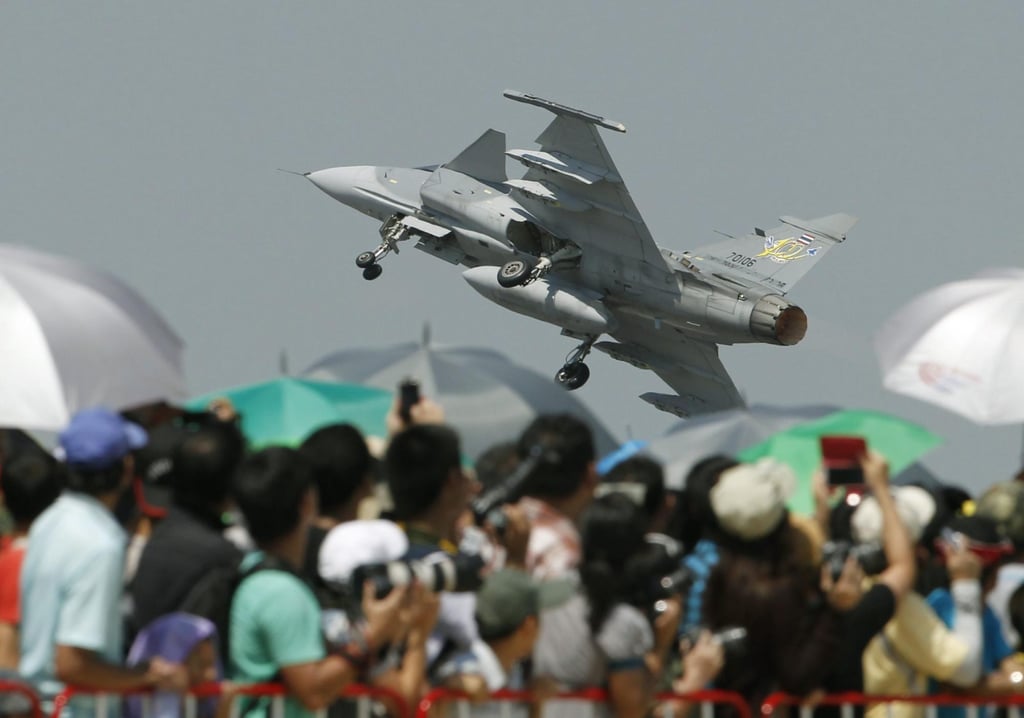Asian Angle | Why Thailand chose to buy Swedish fighter jets instead of US F-16s
The decision was driven by factors including cost, technology transfer, and a desire to avoid dependence on any single superpower

During the early years of the Cold War in 1950, Thailand became closely aligned with the US and acquired most of its military aircraft from there. Then, during the Vietnam war in 1966-1967, the US began supplying F-5A Freedom Fighters to Thailand, which became the backbone of RTAF fighter aircraft until 1988 when Lockheed-Martin F-16s gradually replaced them. Ultimately, Thailand bought six batches of F-16s until 2004. All F-5s were meant to retire in 2010 and all F-16s by 2039.

Then-RTAF Commander Chalit Phukpasuk, like most senior RTAF officers and regal figures, preferred the F-16s. A senior Thai military official told this writer that most senior RTAF officers preferred the F-16 over the Gripen because this was the aircraft they had initially trained on. However, the younger intermediate-level RTAF officers found the newer Gripen more appealing.
In 2005, Sweden’s king visited Thailand with Swedish defence industry representatives. According to an insider, Thailand’s military junta favoured the Gripen due to the RTAF’s need for new aircraft, the close ties between the Swedish and Thai royal families, and the junta’s relationship to the royal house. By October 2007, Thailand had reached a US$1.1 billion agreement to buy six jets from Sweden. By 2012, Thailand had bought another six, likely influenced by Chalit’s appointment to the king’s privy council in 2011.

